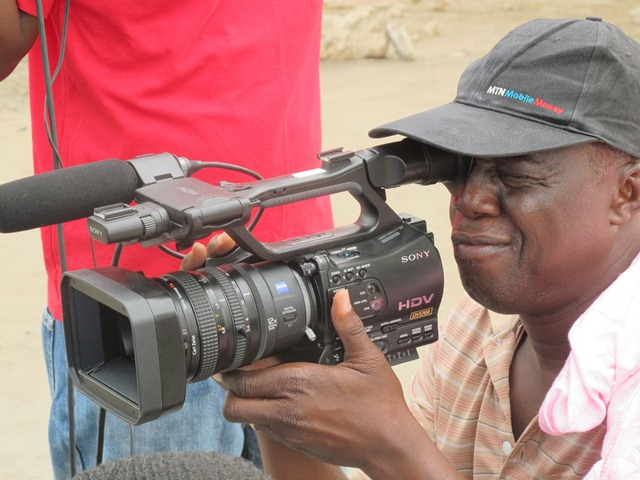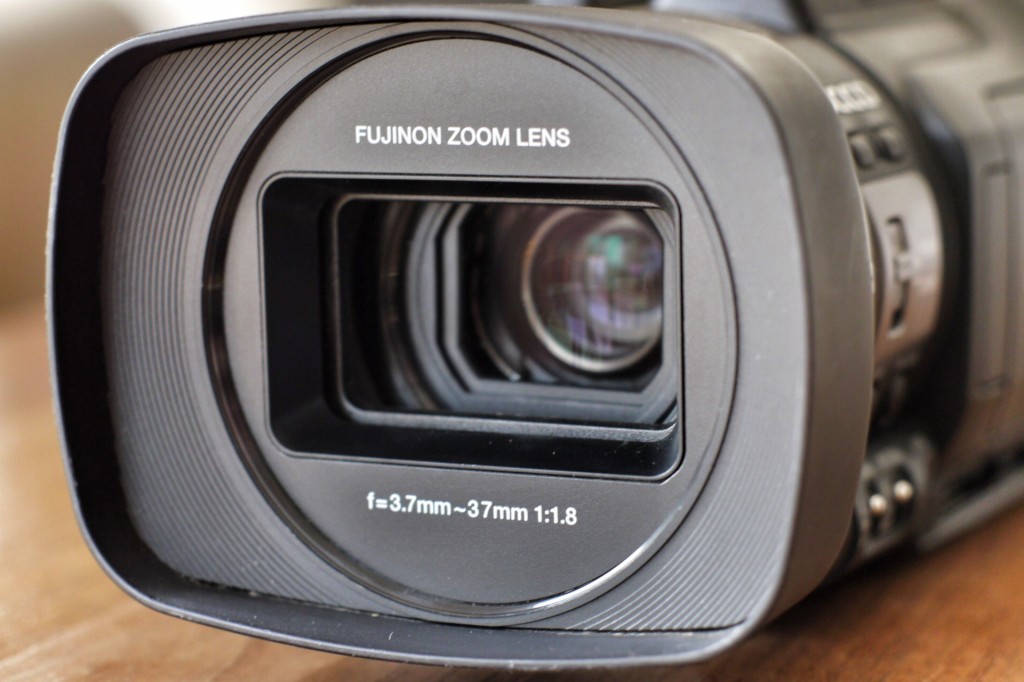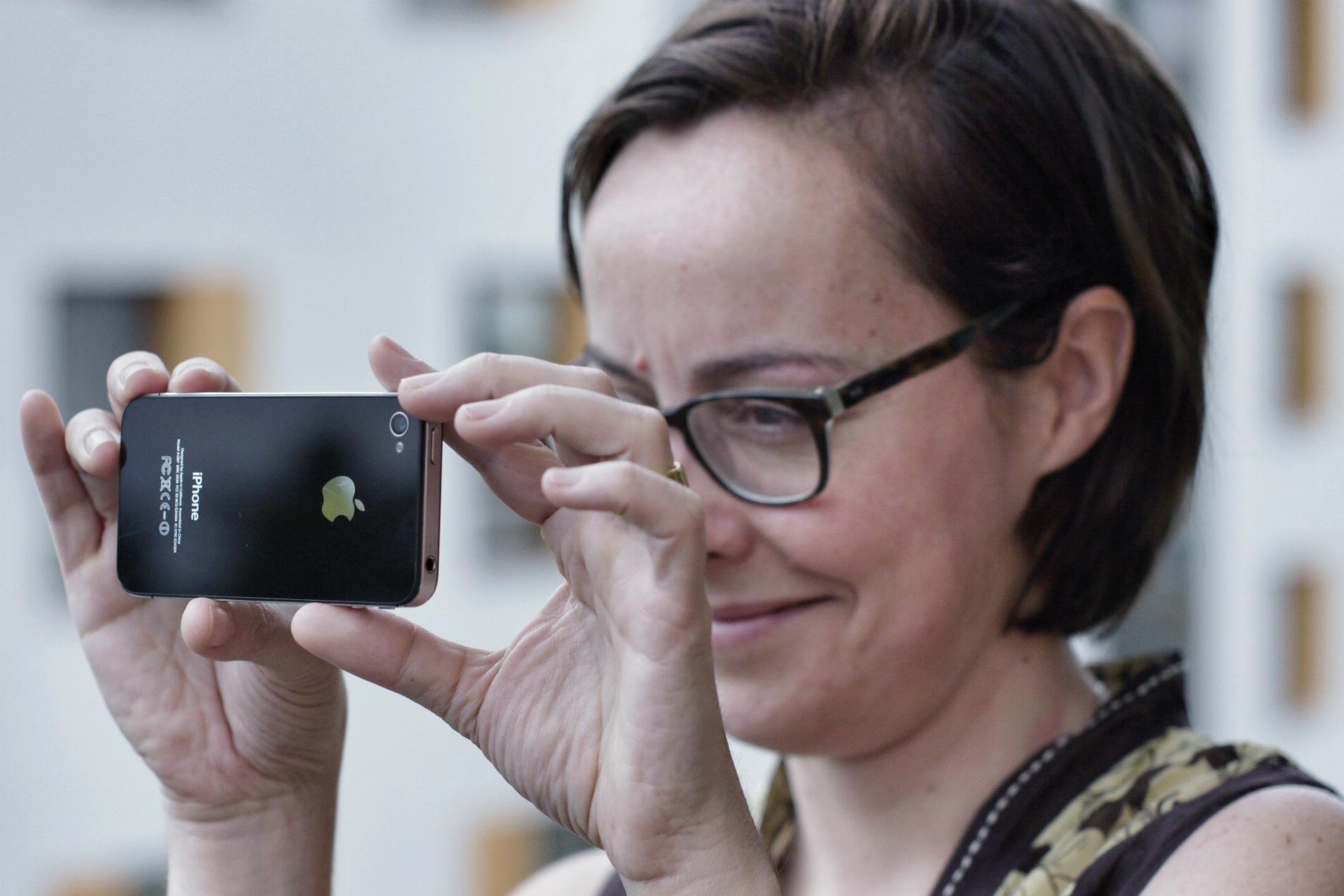Search Results for Tag: web video
Instagramming the news for a mobile audience
 Photographs, time-lapse videos, audio slideshows, animated infographics, magazine previews and video news stories in 15 second bites. These are just some of the ways leading media organizations are experimenting with the image sharing platform Instagram.
Photographs, time-lapse videos, audio slideshows, animated infographics, magazine previews and video news stories in 15 second bites. These are just some of the ways leading media organizations are experimenting with the image sharing platform Instagram.
Instagram was launched in 2010 as an iPhone application to produce and share square shaped photographs with a range of filters – a very smartphone nod to the classic Polaroid instamatic photograph.
The rest you might say is history.
In 2012 Instagram was bought by Facebook for $US 1 billion. The 15 second video feature was added in 2013. The Instagram application is also available for Android and Windows smartphones.
Instagram says it has more than 150 million active monthly users. And that’s what makes the platform interesting for media organizations – it’s a way of reaching new audiences who consume media on mobile devices and tapping into the conversations on a social media network devoted to images.
Here’s onMedia’s quick round up of some of the media organizations using Instagram which might make you look at this popular app in a different light. Plus, there’re some tips on creating Instagram video news for yourself.
![]() read more
read more
Getting started with video for the web: Part 3
Producing online video offers a lot of possibilities for creative visual storytelling – even for news items. But if you’re just starting out, honing your basic camera and editing skills and being able to produce simple formats competently will help you to take the next steps.
So far in our Getting started with video for the web series we’ve introduced you to some standard video equipment and accessories as well as discussed how to produce simple video clips and interviews.
In our final post we’ll take a look at producing short reporter dispatches and get you started with shooting simple video sequences.
![]() read more
read more
Getting started with video for the web: Part 2
 In our first post on Getting started with video for the web, we looked at some of the basic equipment for video production you would need to think about using; important considerations for filming such as lighting and audio; as well as some of the essential skills to practice before hitting the record button.
In our first post on Getting started with video for the web, we looked at some of the basic equipment for video production you would need to think about using; important considerations for filming such as lighting and audio; as well as some of the essential skills to practice before hitting the record button.
Remember, your camera is a tool for telling stories and no camera is perfect for every situation you’ll encounter. Importantly, try to become familiar with the operation of your camera.
– Know how to operate the focus controls
– Know how to manually adjust the main exposure settings of S-I-N-G: shutter speed, iris, neutral density and gain;
– Know how to adjust audio settings
– Know under what conditions your camera produces its best images
– Know the limitations of your camera: this will help your planning and workflow
Really, what it comes down to is practice. Video for the web offers you the chance to use almost any camcorder. But no matter what camera you have, you need to start clocking up the hours of using it under a variety of conditions. Practice. When you are comfortable and confident in using your video camera you can concentrate more on your story.
In this post, while you’re still practicing with your camera and equipment, we’ll introduce some basic video for the web formats that will hopefully offer some ideas that you could apply or adapt to your online stories and newsroom workflow.
![]() read more
read more
Getting started with video for the web: Part 1
 There’s much more to producing video than flicking on a camcorder and hitting record. And it’s unfortunate that journalists are often expected to go out and film something for their online site with little or no training.
There’s much more to producing video than flicking on a camcorder and hitting record. And it’s unfortunate that journalists are often expected to go out and film something for their online site with little or no training.
Keep it simple, keep it short and a little bit of planning helps of lot.
That’s probably the best advice for anyone who needs to start producing video for the web content.
It goes without saying that we’d recommend you do a proper video for the web course. Or even better, a video journalist course to learn more about the techniques of filming and the craft of visual storytelling.
But if you’re looking for some tips to get started, our blog series on producing video for the web will cover some of the basics and point you in the right direction for online resources.
![]() read more
read more





Feedback